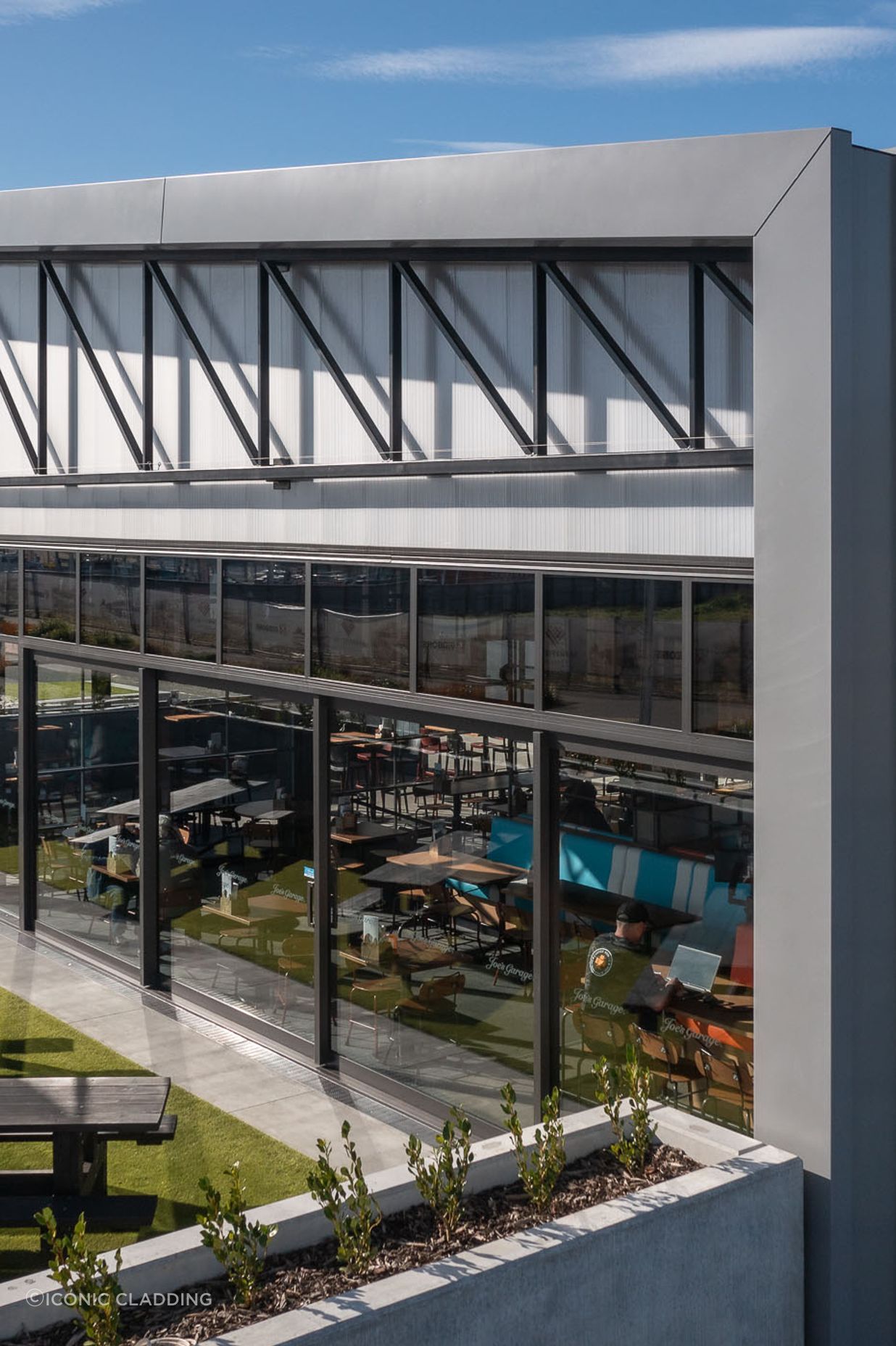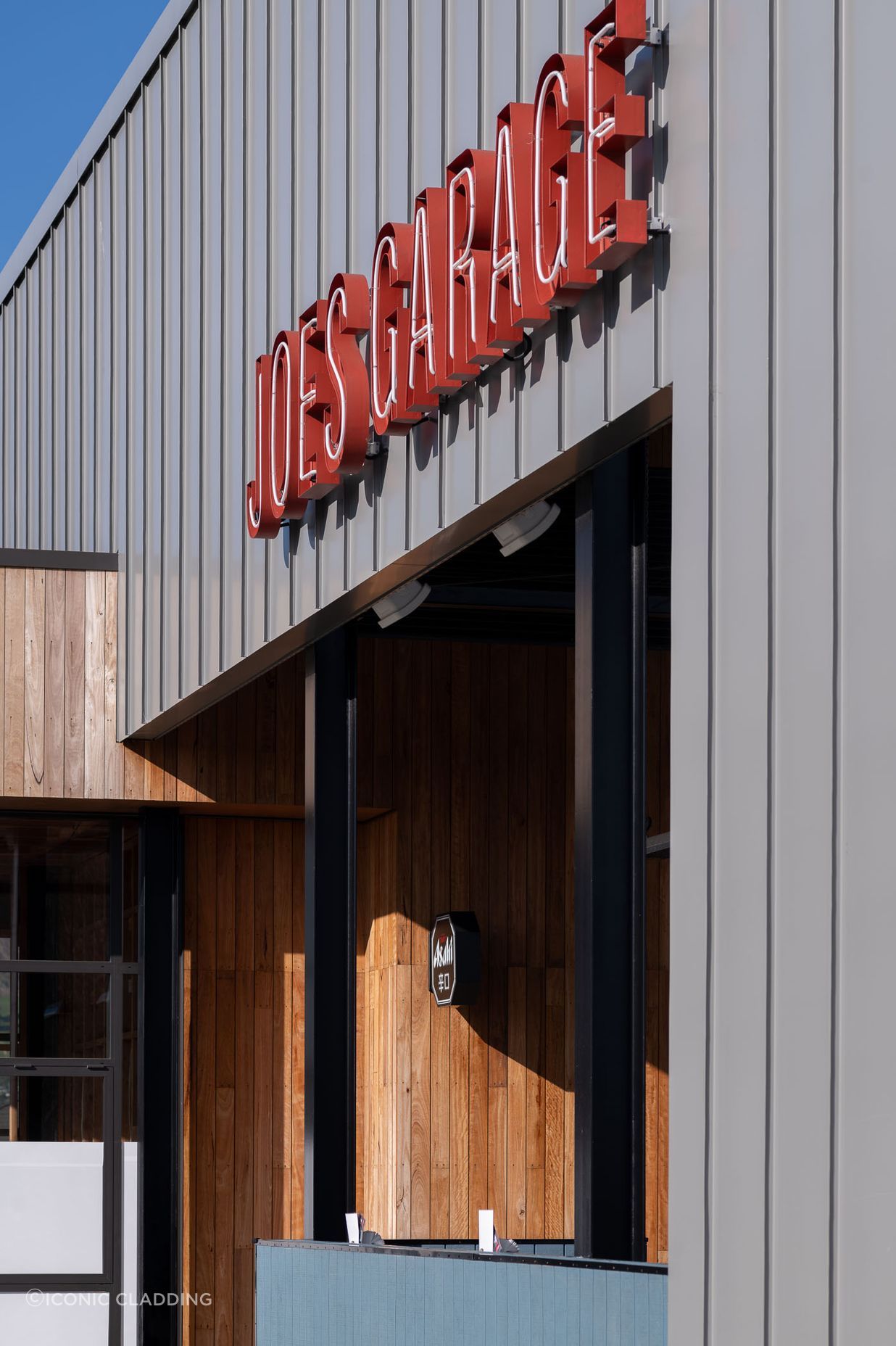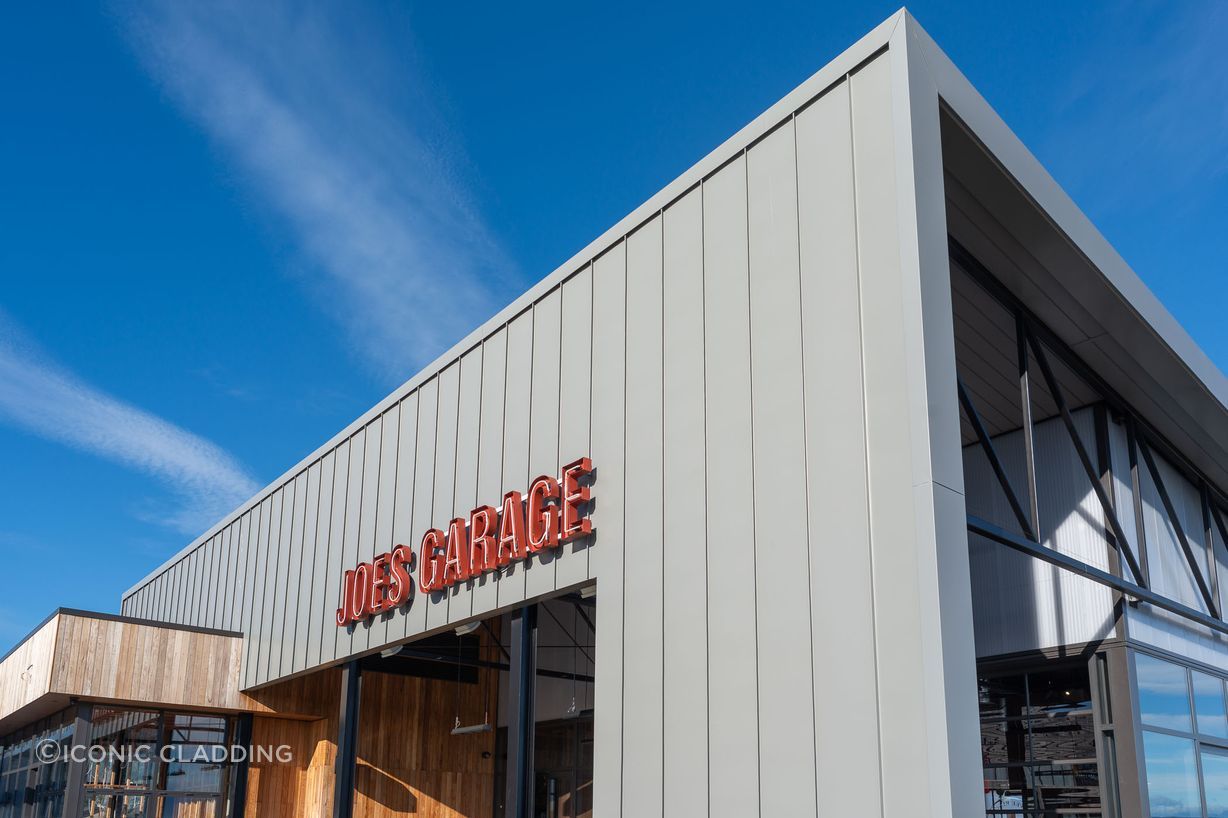Angle seam: Discover the timeless roofing technique
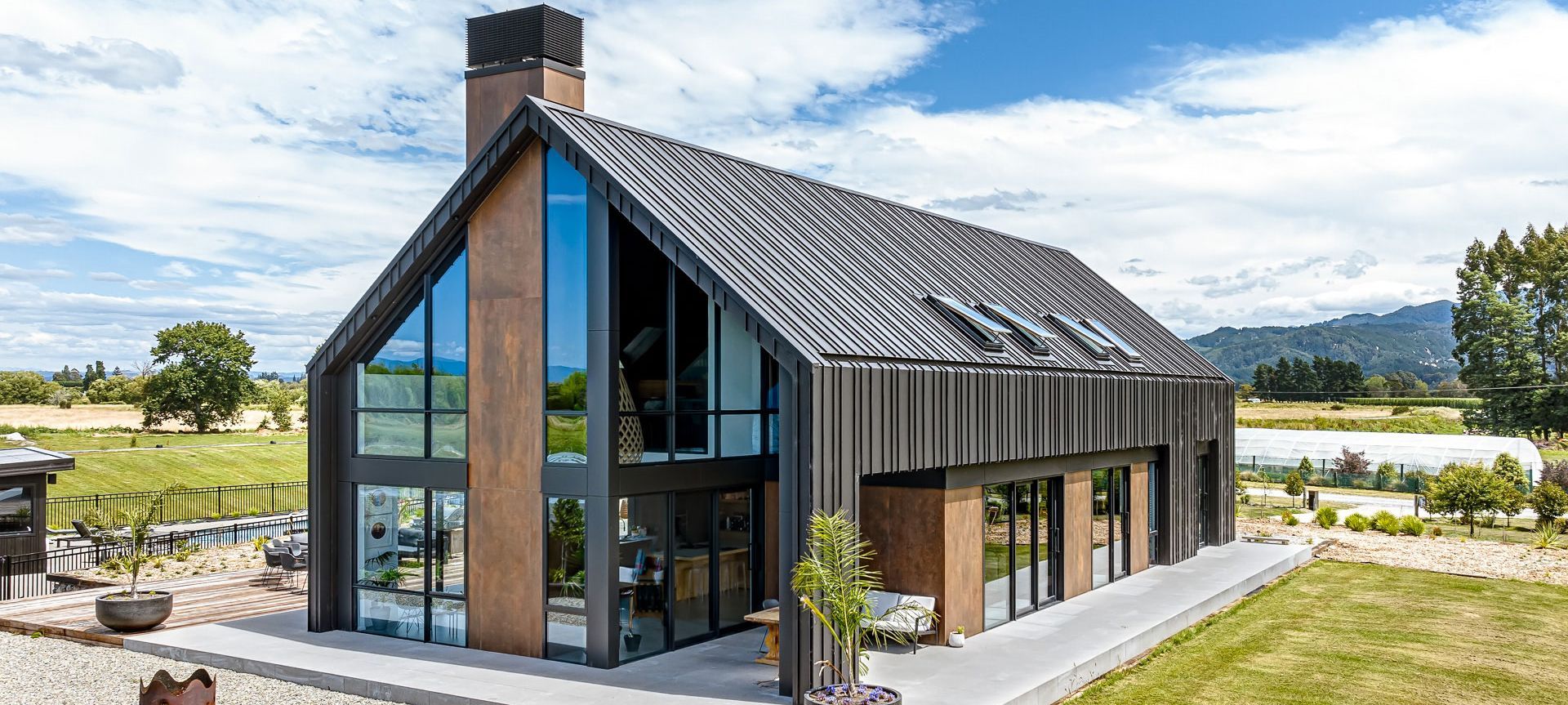
Tray roofing has been in existence for hundreds of years with numerous European roofs clad with such products, typically with Lead and Copper in the UK and Raw Zinc in mainland Europe. More recently, Aluminium and other metals have been in use with Roofers undergoing extensive training in traditional sheet metalwork.
Angle Seam, the most flexible roofing product, as the widths can be varied to suit any building design, offering sharp lines and with the widest option of metals. Ribs can be lined through with the walls below and varied to suit the positions of roof penetrations and windows below. Metals used for the manufacture of Angle Seam: Painted steel (Colorsteel, ColorCote) unpainted and painted Aluminium (Prefa, Alumiguard, Altimate), Raw copper, Raw and painted zinc (VM Zinc).
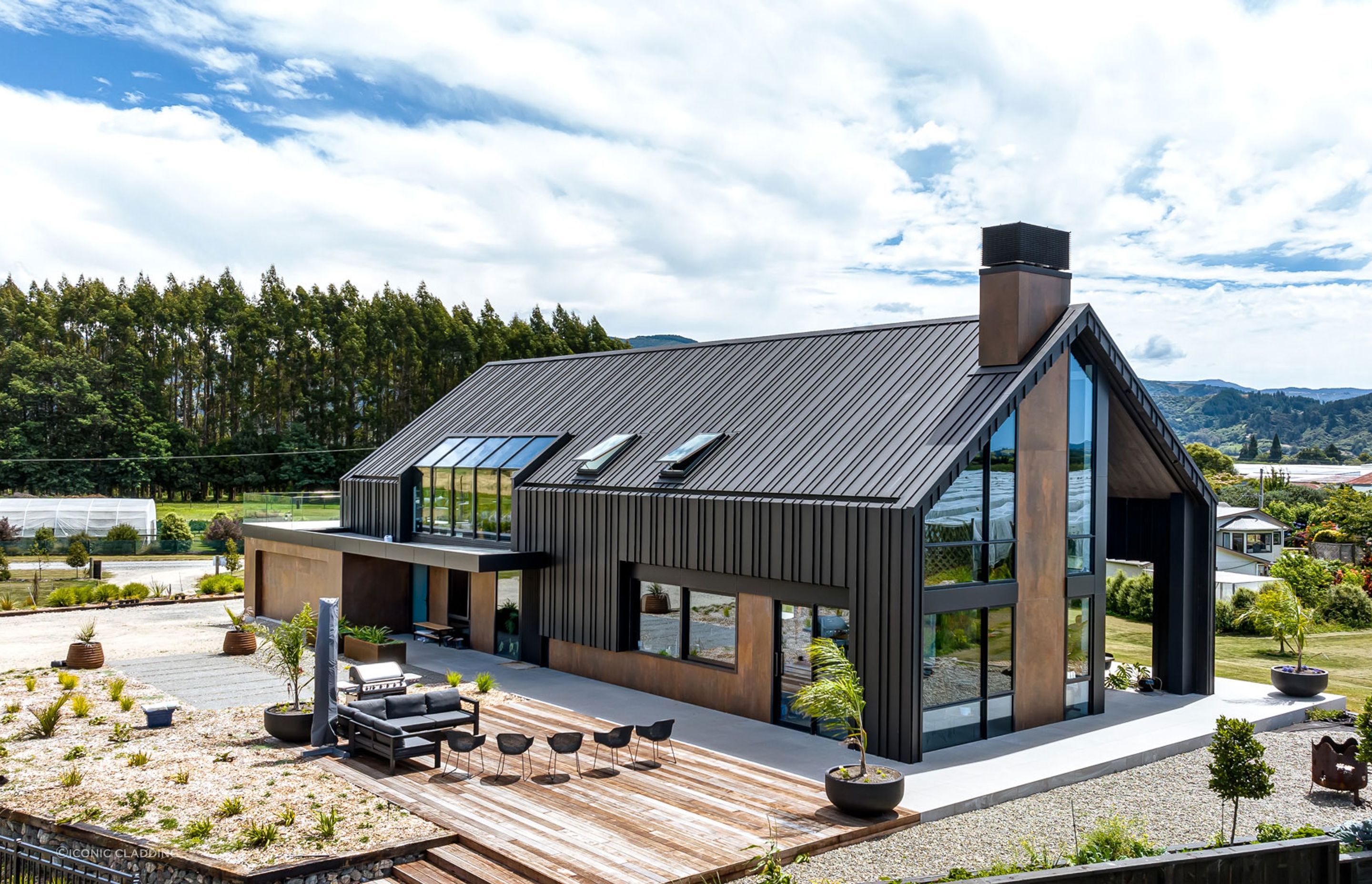
All about the Angle Seam
Description
Traditional Standing Seam (Angle Seam) follows the proven detailing and dimensions utilised in Europe for many years. With secret fixing to the panels and often the flashings, giving very clean lines. Angle seam roofs can show potential undulations (canning) in the wide flat pan which are not only to be expected, but are an architectural feature of fully supported cladding. Zinc and Prefa products are less reflective and can show less canning. Angle Seam typically has a pan width of 250 to 515mm, but custom sizes can be supplied within this range.
Scope of use
Roofing and wall cladding, mansards, ceilings, fences and decorative screens.
Materials
ColorSteel, ColorCote in 0.55mm thickness (BMT), grade G300 Alternative materials: Prefa Prefalz, ColorSteel Altimate® and VM Zinc, BMT 0.7 – 0.9mm
Compliance
If designed, used, installed and maintained in accordance with manufacturer’s recommendations and the NZ Metal Roofing and Wall Cladding Code of Practice, the product will meet or contribute to meeting the following performance clauses of the NZBC.
